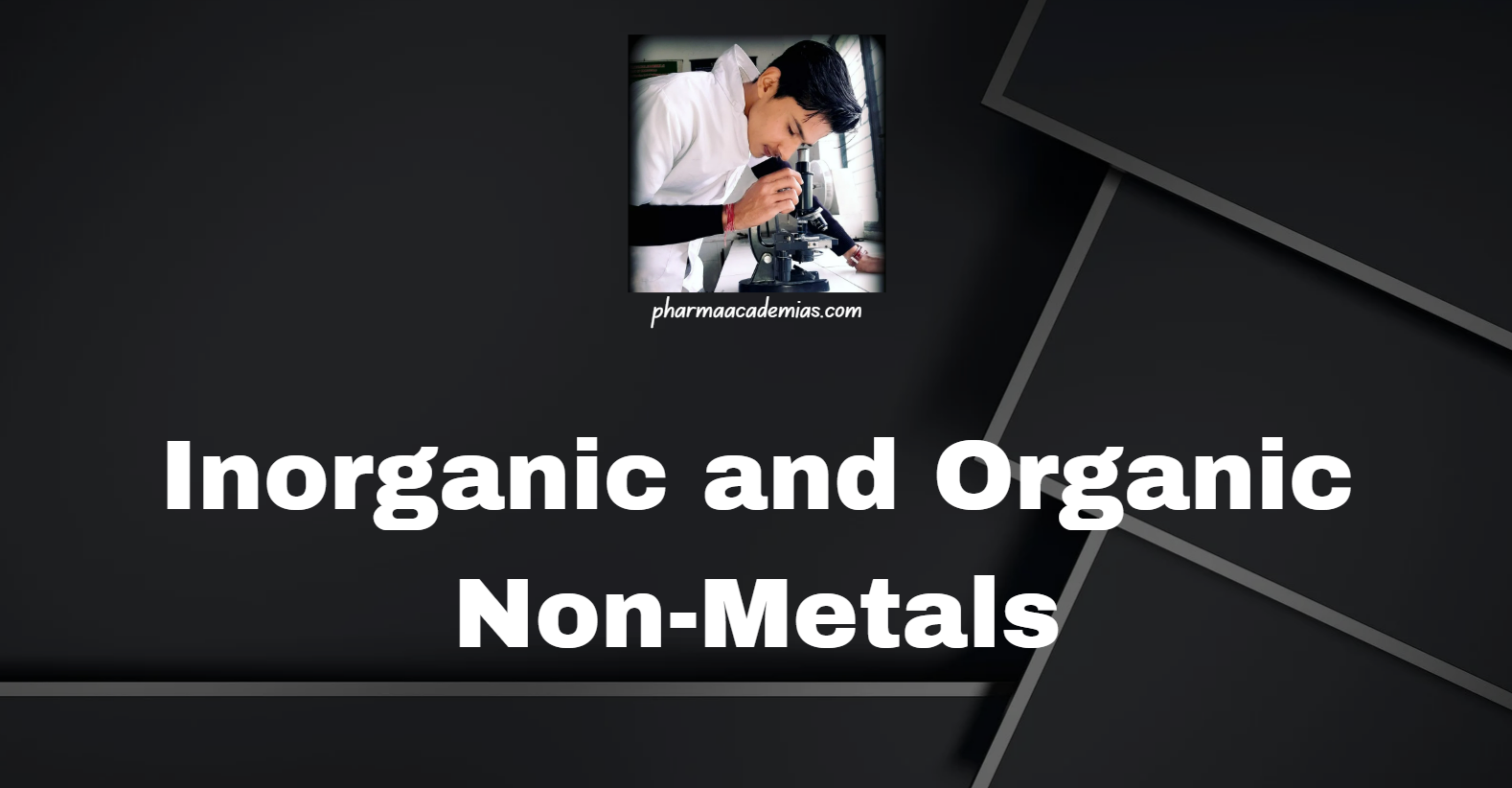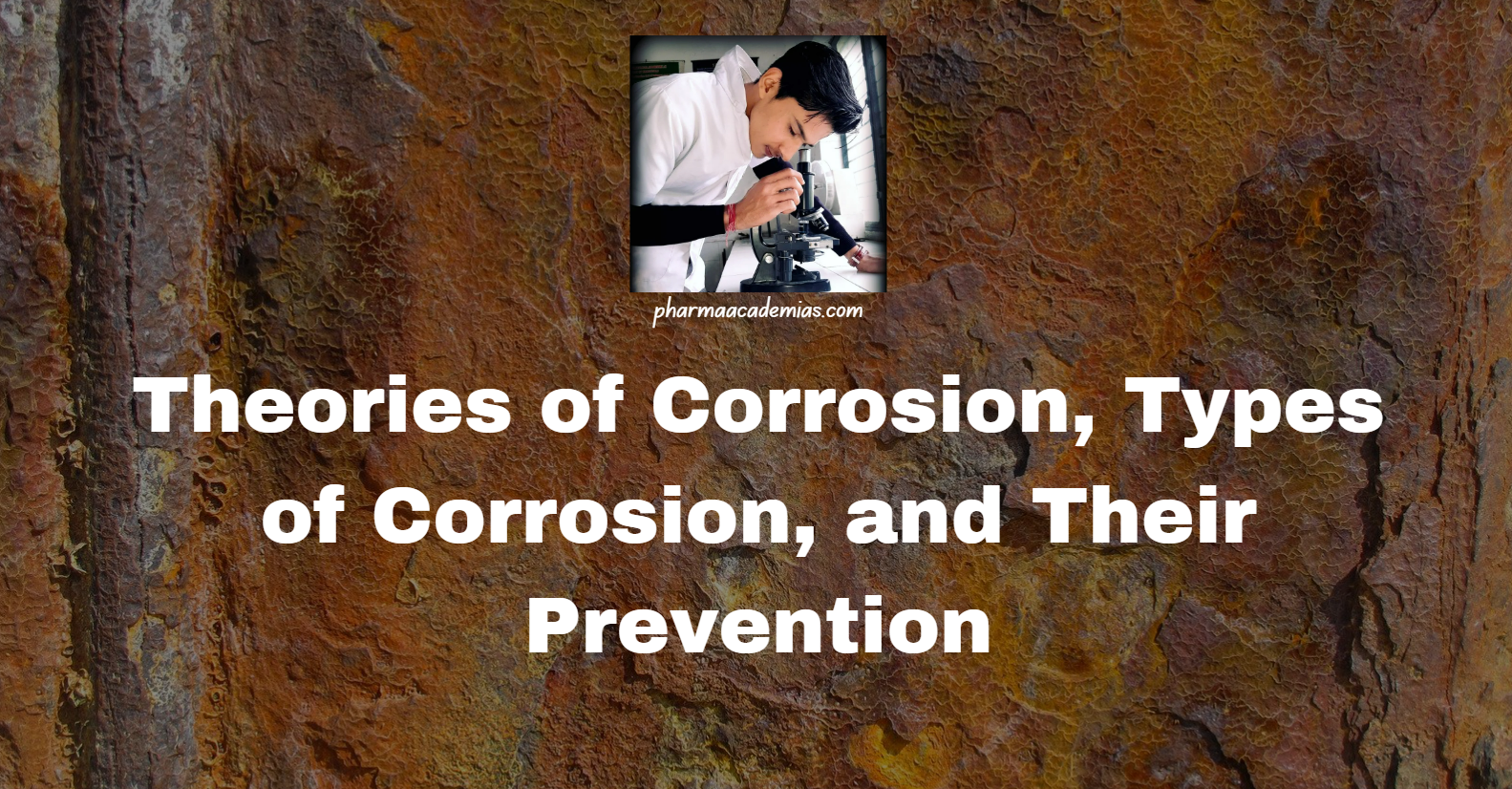Inorganic and Organic Non-Metals
Inorganic and Organic Non-Metals: Non-metals are a diverse and essential group of elements that exhibit distinct physical and chemical properties compared to metals. They are widely used in various chemical, biological, and industrial applications. Unlike metals, non-metals generally have high electronegativity, poor conductivity, and a tendency to form covalent bonds. Non-metals can be broadly classified … Read more










